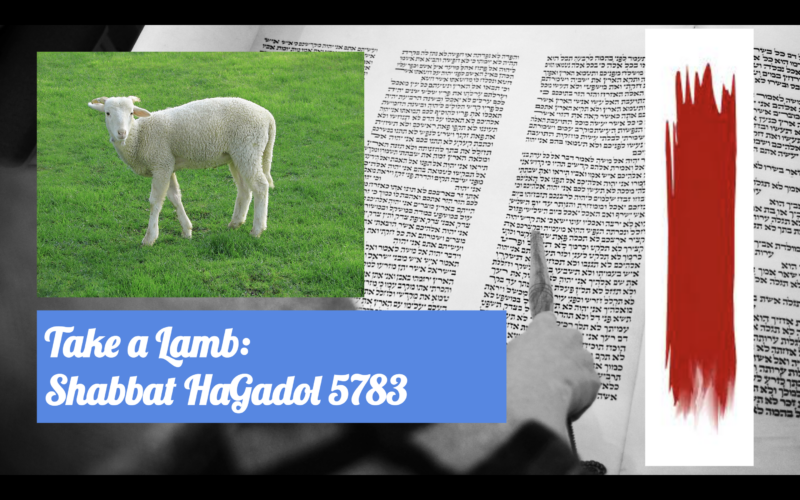
Take a Lamb: Shabbat HaGadol 5783
Today is Shabbat HaGadol, “The Great Shabbat,” right before Pesah. It’s customary on this day for rabbis to teach about getting ready for the holiday. Usually that means teaching about removing hametz, whether literally (leaven) or metaphorically (the spiritual stuff we need to shed in order to go free.) And this afternoon it’s traditional to study the haggadah — again, to ready ourselves.
Today is also the 10th of Nisan. On this day our ancestors were told to take a lamb. Bring it into the home and look after it. Four days later, slaughter it and put its blood on the doorposts. The blood on the doorposts would tell the Angel of Death to “pass over.” Though the Chizkuni, 1200s, teaches that God didn’t delegate that. And surely God knows who we are. Maybe the visible reminder was for us.
What if the blood on the doorposts is to remind us? What do we need to remember? What deep truths do we forget about who we are? What are the costs of freedom — what might we have to offer up in order to be freed from our stuck places… and to help others who aren’t granted full human dignity to get there with us? Those are some big questions. But let’s start with a smaller one: why a lamb?
Ramban (d. 1270) says the reason for the lamb is that Aries is the star sign ascendant at this time of year, and God wanted to prove to us that when we go free, it’s not because of any luck in the stars. Among other sages, he also suggests that it’s possible that the Egyptians worshipped lambs. So the sacrifice of a lamb was a way for us to break any allegiance to the symbol of their “god.”
Readying ourselves to go free involved making this korban / offering. And it was supposed to be something familiar, something personal, something we’d been holding on to for a while and had even been nurturing. This pre-liberation offering evolved into the offering of a paschal lamb in Temple times, still represented on the table in our seder. So what’s our modern emotional-spiritual equivalent?
I read an article the other day about climate “doomers.” What’s the point of doing anything, when we’ve ruined the Earth? It’s a compelling question. And yet I keep thinking about Ramban’s teaching that the lamb represented idolatry. Isn’t fatalism a kind of idolatry, in which we think our hopelessness is stronger than God? (As always, if the “G-word” doesn’t work for you try justice or hope or love.)
Nihilism is never a good Jewish answer. Because nihilism is an abdication of responsibility, and Judaism is all about responsibility: to ourselves, to each other, to our world, to our Source. Doom and despair perpetuate kotzer ruah, that spiritual shortness of breath that our ancestors knew in Egypt. And if we’re stuck in despair, we aren’t owning our agency, and we’re not creating change.
Here, too, our ancient spiritual story offers a roadmap. Their spirits crushed, our ancestors cried out, and that cry was the first step toward liberation. So yeah, cry out. Feel what’s broken and give it voice. And remember that crying-out is the first step. When we face what’s broken, when we cry out, we open up a tiny internal space. We open ourselves to the possibility that things could change.
Granted, change may not be easy. Our spiritual ancestors went from Pharaoh’s frying pan into the fire of forty years of wilderness wandering. But the fact of a new path is hopeful even if the path is hard. Because nihilism and despair and paralysis say: nothing’s ever going to be different. What’s broken will always be broken and can never be mended, so it isn’t worth even trying. But it is worth trying.
That “climate doomer” article notes, “Nowadays, climate scientists try to emphasize that climate change isn’t a pass/fail test: Every tenth and hundredth of a degree of warming avoided matters.” In other words, don’t let the perfect be the enemy of the good. What we do matters, even if it’s not a complete fix. And if we scorn anything short of a complete fix, we’re compounding the problem.
Here’s a question I sit with: who benefits when we lose ourselves in doom or despair? I think the answer is: whoever has a vested interest, often a fiscal one, in things staying the way they are. And that results in greater harm for those who were already vulnerable — whether we’re talking about people in the path of the next tornado, or schoolchildren helpless against the next mass shooting.
R. Avi Weiss notes the order of operations: before offering the lamb, we clear out hametz. First we cast away the puffery of overinflated ego, because the paschal offering asks humility. The korban Pesah is also the first step toward the revelation of Torah at Sinai… which reminds me that we never know what holy outcomes our choices might set in motion. That’s another form of humility.
I like his teaching about humility, though this year I prefer to think of hametz (from לחמוץ, to sour or ferment) not as ego but as sourness. Everyone needs a healthy ego. Often what holds us back from liberation is the old sour stuff: old stories and flaws and resentments, old patterns of seeing ourselves or each other in the worst light… and maybe also old habits of hopelessness and despair.
So first we seek out the hametz we need to clean out of our physical houses and our metaphysical houses. Look within for the old sour stories that no longer serve, and cast them to the burning. Then we can bring the korban Pesah we need to offer up this year — maybe the helplessness or fatalism that we’ve been unwittingly nurturing. We offer up the habit, the tendency, the fear that holds us back.
R. Lynn Gottlieb wrote:
“All that rises up bitter, all that rises up prideful, all that rises up in old ways no longer fruitful, all hametz unknown to me… may it find common grave with the dust of the Earth.”
This year, I add:
May our sourness be nullified. May we offer up what we need to let go. May we mark our doorposts with reminders of who we aspire to be. And in that merit, may we go forth ready for freedom.
This is the d’varling that R. Rachel offered on Shabbat HaGadol (cross-posted to Velveteen Rabbi.)





